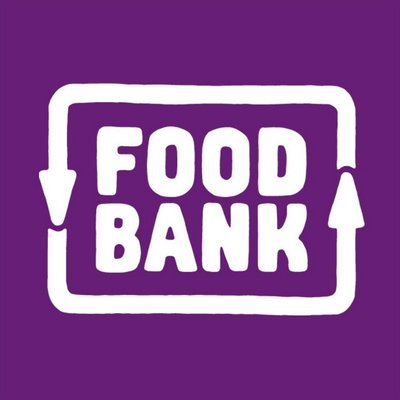The economic contribution of small business to the Australian economy has topped half a trillion dollars, according to a report released today by the Australian Small Business and Family Enterprise Ombudsman, Bruce Billson.
The value of small business to the economy surged by 15 per cent in 2021-22 to $506 billion and accounts for one-third of Australia’s GDP.
The Small Business Matters report has been released to coincide with World Micro, Small and Medium-sized Enterprises Day on 27 June.
The report also shows that Australia’s 2.5 million small businesses provide jobs for 5.1 million people and employ 42% of all apprentices and trainees in training – nearly double the amount supported by a big business.
Almost 98% of businesses in Australia are small businesses.
“Small businesses are the lifeblood of our communities, and we celebrate the vital contribution they make to Australia’s prosperity, wellbeing, and community,” Mr Billson said.
“This is a terrific opportunity to say thank you and show support to the small businesses who matter in our lives.
“Small business people come with varied ambitions, backgrounds and experiences. What they have in common is the entrepreneurial flare and desire to have a go.”
Statistically, the average small business owner is a self-employed man, aged 50, who works full-time and earns below the average full-time wage.
But the report shows female ownership is growing fast and accounts for 35 per cent of all small business owners – almost double the rate from the 1970s.
Mature age people are more likely to be a business owner than an employee. Nearly half of all small business owners are over the age of 50. The average age of a small business owner has been steadily climbing.
Just 8 per cent of small business owners are under 30. That’s half the peak for this age group of 17 per cent achieved in the mid-1970s.
“We need to replenish and nurture the next generation of entrepreneurs, value self-employment and encourage and enable smaller enterprises and the livelihoods they make possible,” Mr Billson said.
“We need to understand why it is not as appealing as it perhaps should be for younger Australians to own a small business?”
Mr Billson said 60 per cent of small business owners, or 1.55 million people, were self-employed.
The report shows the flexibility of self-employment was a particularly attractive livelihood option for women and older people. Small business owners are more likely than the general population to perform unpaid childcare and have other caring responsibilities particularly for those with a disability, health condition or old age.
“It would be wrong to miscast these people as vulnerable gig economy workers,” Mr Billson said.
“Taking on the responsibility of owning and running a small business can be inspired by a range of goals and motivations, an abundance of purpose and meaning and be rich with unpredictability of challenges and income. It can be a hard slog and not always be as rewarding as people might hope.”
Around 43 per cent of small businesses failed to make a profit and 75% of small business owners take home less than the average wage.
“Yet, the spirit that drives people to run a small business also makes them great advocates for and contributors to their community and they are more likely than the general population to volunteer for an organisation or group,” Mr Billson said.
“Our small and family business owners and managers are great people and we salute the terrific contribution they make everywhere, every day.”








